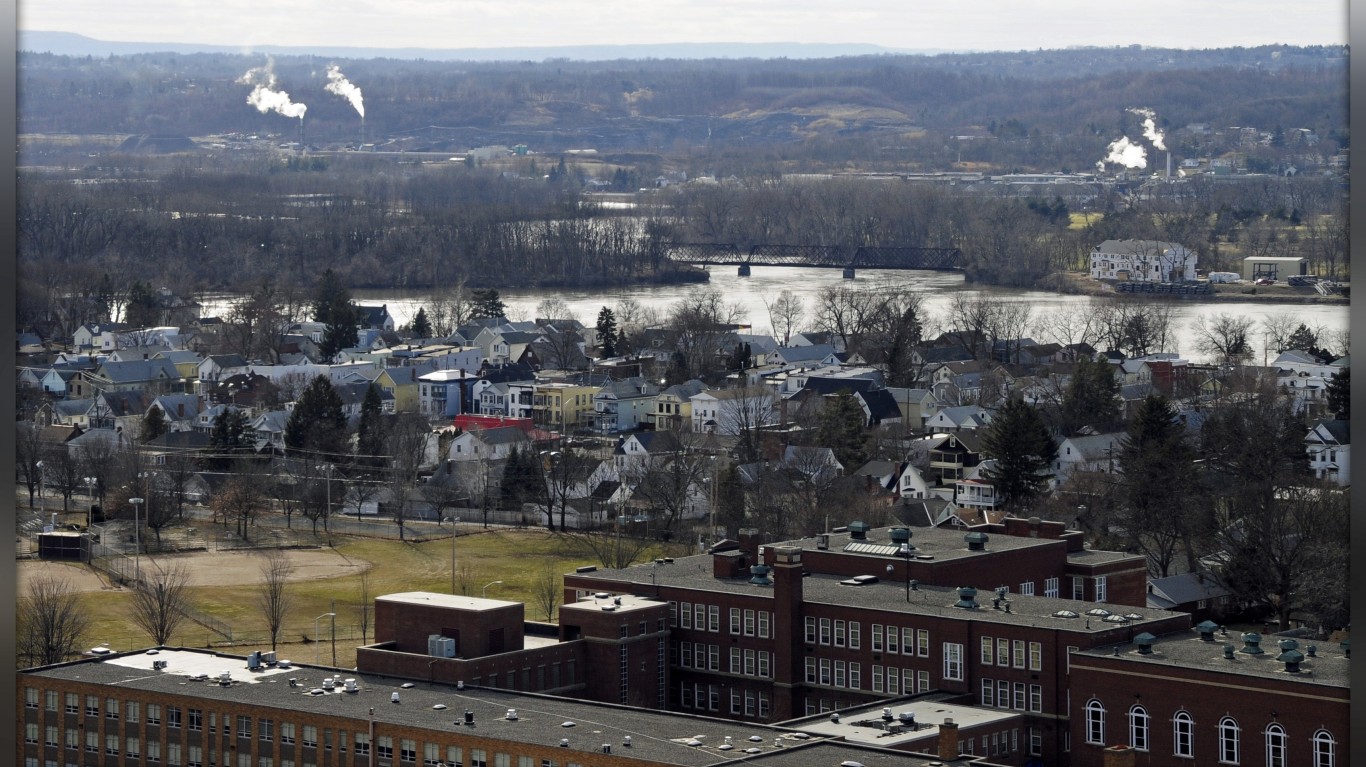
Union membership in the United States has been steadily declining for decades. The number of salaried U.S. workers belonging to unions increased in only 11 years since 1984, leading to net loss of more than 3.3 million members, according to the U.S. Department of Labor. In 2021, the number of union workers declined by 241,000 to 14 million.
In the private sector, union membership is declining faster than in the public sector. Last year, the share of union-represented workers at companies and other private establishments was just 6.1%, compared to 33.9% for public employees like bureaucrats, police, and teachers. Both shares have declined since 2010, pushing down the total percentage of unionized employees from 11.9% to 10.3% last year.
Some recent progress has been made, notably in successful union votes in the digital news industry, at more than 50 Starbucks stores, and an Amazon.com warehouse. But those successes have been scattershot. From 2011 to 2017, unions gained 102,000 members, but in the past four years they have lost 805,000 members.
Considering this decades-long nationwide erosion in organized labor — six more states enacted so-called “right-to-work” laws since 2000 — you might be wondering where in the country unions have the strongest muscle. (These are the labor laws your boss doesn’t want you to know about.)
To find the metropolitan areas with the most union members, 24/7 Wall St. reviewed union membership data for 2021 from Unionstats.com, a database constructed by Barry Hirsch (Andrew Young School of Policy Studies, Georgia State University) and David Macpherson (Department of Economics, Trinity University). Metropolitan areas are ranked by the union membership rate. In the 26 metros on the list, at least 20% of those employed are union members.
Perhaps it is no surprise that New York and California, both blue states with enormous workforces, rank among the states with the largest number of metropolitan areas with union representation above 20%. But there are five metros where union membership is above 30% of the local workforce, and the city with the largest unionized workforce may surprise you as it is a small city in a red, right-to-work, landlocked state. (These are the states with the highest union membership.)
Here’s the most unionized city in America
Click here to see our detailed methodology

26. New York-Newark-Jersey City, NY-NJ-PA
> Union membership rate: 20.1% – tied (1,665,462 workers)
> Union coverage rate: 21.9% (1,817,948 workers) — #26 highest highest of 260 metros
> Employed population: 8,303,237 — #1 largest of 260 metros
> Unemployment rate, 2020 (5-yr avg): 5.9% — #189 highest of 260 metros
[in-text-ad]

25. Buffalo-Cheektowaga-Niagara Falls, NY
> Union membership rate: 20.1% – tied (91,476 workers)
> Union coverage rate: 21.0% (95,604 workers) — #30 highest of 260 metros
> Employed population: 455,175 — #51 largest of 260 metros
> Unemployment rate, 2020 (5-yr avg): 4.9% — #102 highest of 260 metros

24. Santa Rosa, CA
> Union membership rate: 20.3% (28,708 workers)
> Union coverage rate: 22.5% (31,809 workers) — #24 highest of 260 metros
> Employed population: 141,585 — #149 largest of 260 metros
> Unemployment rate, 2020 (5-yr avg): 4.6% — #79 highest of 260 metros

23. Johnstown, PA
> Union membership rate: 20.4% (13,646 workers)
> Union coverage rate: 20.4% (13,646 workers) — #34 highest of 260 metros
> Employed population: 66,946 — #244 largest of 260 metros
> Unemployment rate, 2020 (5-yr avg): 5.2% — #136 highest of 260 metros
[in-text-ad-2]

22. Rockford, IL
> Union membership rate: 20.7% (26,910 workers)
> Union coverage rate: 21.5% (27,973 workers) — #27 highest of 260 metros
> Employed population: 130,266 — #162 largest of 260 metros
> Unemployment rate, 2020 (5-yr avg): 7.7% — #249 highest of 260 metros
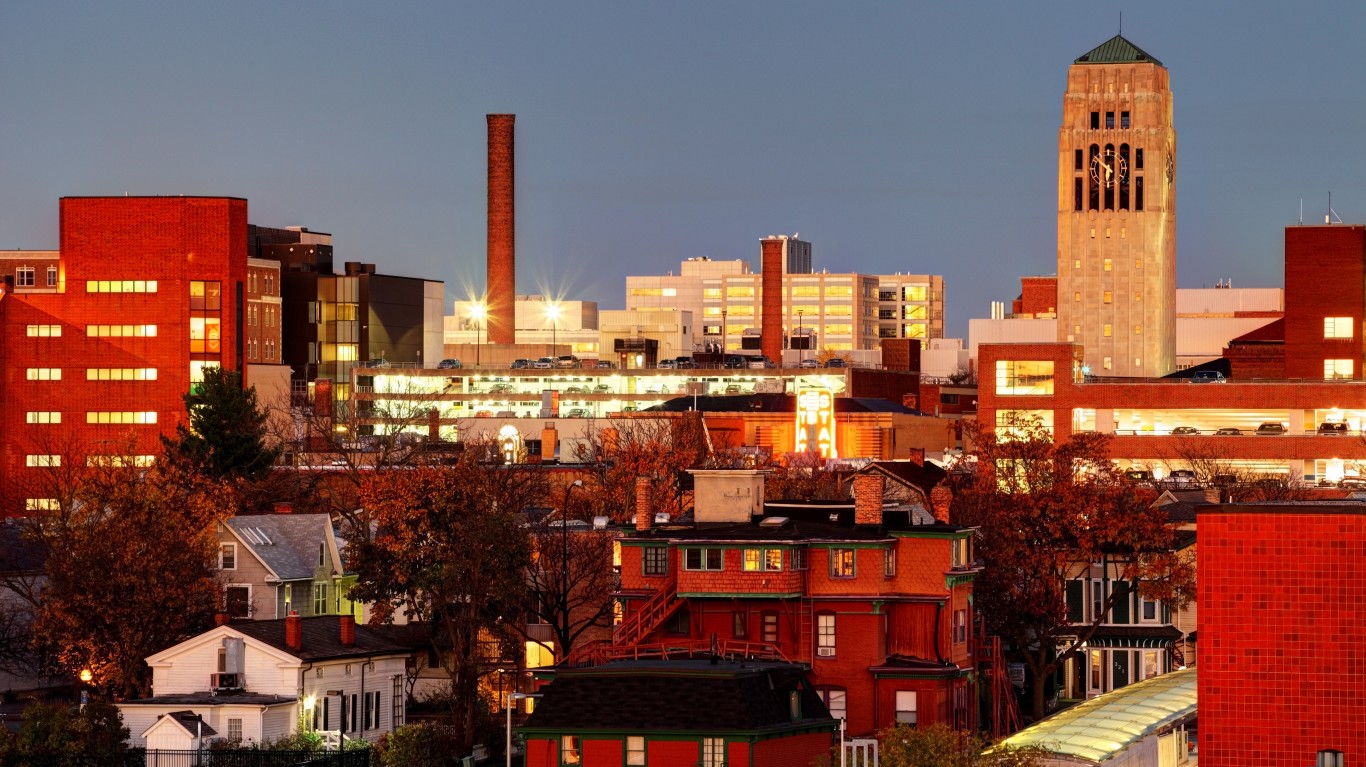
21. Ann Arbor, MI
> Union membership rate: 21.0% (35,003 workers)
> Union coverage rate: 22.7% (37,814 workers) — #22 highest of 260 metros
> Employed population: 166,897 — #129 largest of 260 metros
> Unemployment rate, 2020 (5-yr avg): 4.5% — #70 highest of 260 metros
[in-text-ad]

20. Springfield, IL
> Union membership rate: 21.1% (23,618 workers)
> Union coverage rate: 23.4% (26,142 workers) — #21 highest of 260 metros
> Employed population: 111,928 — #186 largest of 260 metros
> Unemployment rate, 2020 (5-yr avg): 4.9% — #108 highest of 260 metros
19. Urban Honolulu, HI
> Union membership rate: 22.2% (92,805 workers)
> Union coverage rate: 24.0% (100,373 workers) — #18 highest of 260 metros
> Employed population: 417,469 — #54 largest of 260 metros
> Unemployment rate, 2020 (5-yr avg): 3.8% — #32 highest of 260 metros

18. Springfield, MA
> Union membership rate: 22.7% (53,088 workers)
> Union coverage rate: 23.6% (55,119 workers) — #20 highest of 260 metros
> Employed population: 233,829 — #97 largest of 260 metros
> Unemployment rate, 2020 (5-yr avg): 6.0% — #198 highest of 260 metros
[in-text-ad-2]
17. Flint, MI
> Union membership rate: 23.1% (33,617 workers)
> Union coverage rate: 23.9% (34,733 workers) — #19 highest of 260 metros
> Employed population: 145,414 — #144 largest of 260 metros
> Unemployment rate, 2020 (5-yr avg): 8.9% — #258 highest of 260 metros

16. Sacramento-Roseville-Arden-Arcade, CA
> Union membership rate: 23.3% (212,439 workers)
> Union coverage rate: 26.9% (245,161 workers) — #10 highest of 260 metros
> Employed population: 909,846 — #33 largest of 260 metros
> Unemployment rate, 2020 (5-yr avg): 5.8% — #187 highest of 260 metros
[in-text-ad]
15. Mount Vernon-Anacortes, WA
> Union membership rate: 24.1% (26,566 workers)
> Union coverage rate: 25.4% (27,938 workers) — #13 highest of 260 metros
> Employed population: 110,093 — #193 largest of 260 metros
> Unemployment rate, 2020 (5-yr avg): 5.0% — #120 highest of 260 metros

14. Monroe, MI
> Union membership rate: 24.2% – tied (14,683 workers)
> Union coverage rate: 26.7% (16,201 workers) — #11 highest of 260 metros
> Employed population: 60,636 — #247 largest of 260 metros
> Unemployment rate, 2020 (5-yr avg): 4.9% — #111 highest of 260 metros

13. Binghamton, NY
> Union membership rate: 24.2% – tied (33,601 workers)
> Union coverage rate: 24.2% (33,601 workers) — #17 highest of 260 metros
> Employed population: 138,810 — #152 largest of 260 metros
> Unemployment rate, 2020 (5-yr avg): 7.2% — #242 highest of 260 metros
[in-text-ad-2]

12. Vallejo-Fairfield, CA
> Union membership rate: 24.3% (38,062 workers)
> Union coverage rate: 24.3% (38,062 workers) — #15 highest of 260 metros
> Employed population: 156,878 — #136 largest of 260 metros
> Unemployment rate, 2020 (5-yr avg): 5.8% — #184 highest of 260 metros
11. Utica-Rome, NY
> Union membership rate: 24.5% (30,882 workers)
> Union coverage rate: 26.5% (33,467 workers) — #12 highest of 260 metros
> Employed population: 126,184 — #171 largest of 260 metros
> Unemployment rate, 2020 (5-yr avg): 4.8% — #95 highest of 260 metros
[in-text-ad]
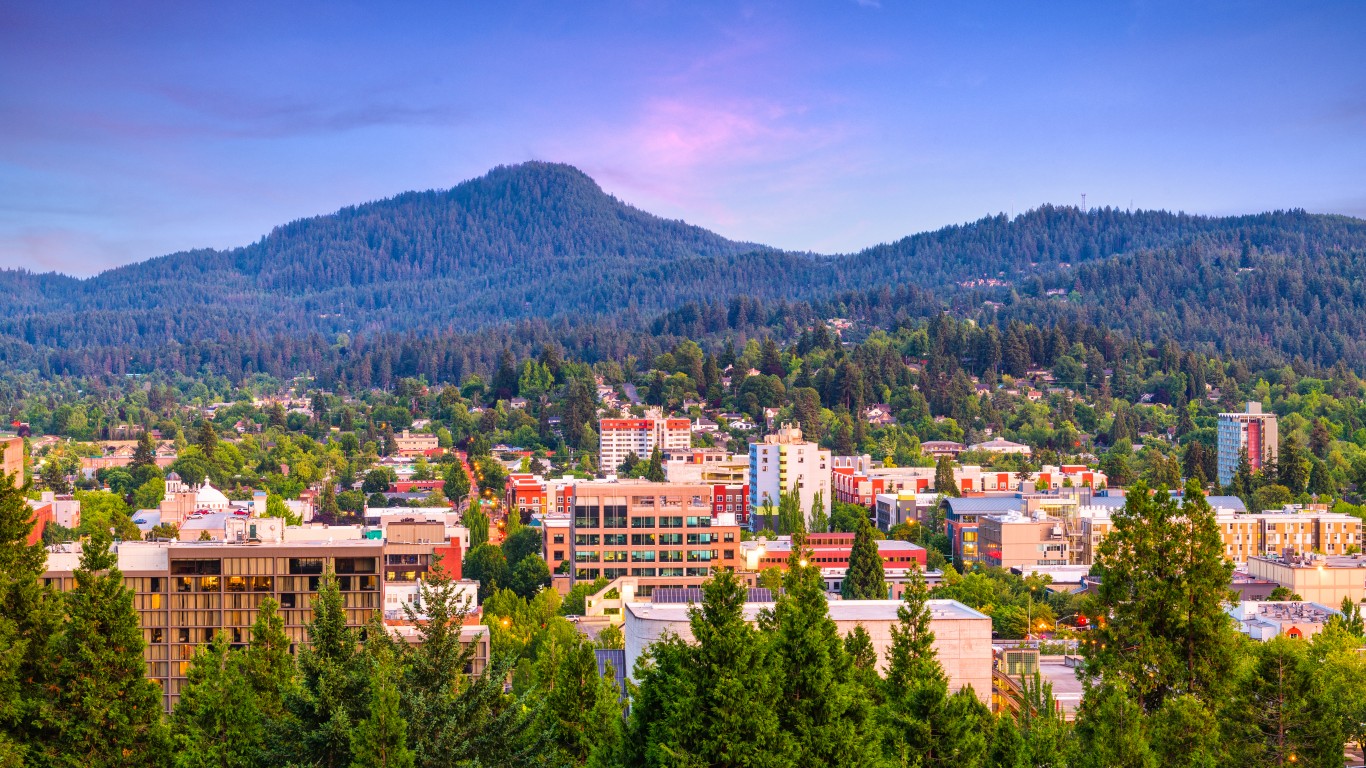
10. Eugene, OR
> Union membership rate: 24.6% (34,254 workers)
> Union coverage rate: 25.2% (35,034 workers) — #14 highest of 260 metros
> Employed population: 139,117 — #151 largest of 260 metros
> Unemployment rate, 2020 (5-yr avg): 7.1% — #238 highest of 260 metros

9. Modesto, CA
> Union membership rate: 25.5% (51,200 workers)
> Union coverage rate: 27.6% (55,518 workers) — #9 highest of 260 metros
> Employed population: 200,822 — #115 largest of 260 metros
> Unemployment rate, 2020 (5-yr avg): 8.8% — #256 highest of 260 metros

8. Kahului-Wailuku-Lahaina, HI
> Union membership rate: 26.7% (13,773 workers)
> Union coverage rate: 27.8% (14,335 workers) — #8 highest of 260 metros
> Employed population: 51,602 — #252 largest of 260 metros
> Unemployment rate, 2020 (5-yr avg): 5.1% — #131 highest of 260 metros
[in-text-ad-2]

7. San Luis Obispo-Paso Robles-Arroyo Grande, CA
> Union membership rate: 27.2% (27,238 workers)
> Union coverage rate: 28.3% (28,392 workers) — #6 highest of 260 metros
> Employed population: 100,171 — #207 largest of 260 metros
> Unemployment rate, 2020 (5-yr avg): 4.4% — #62 highest of 260 metros
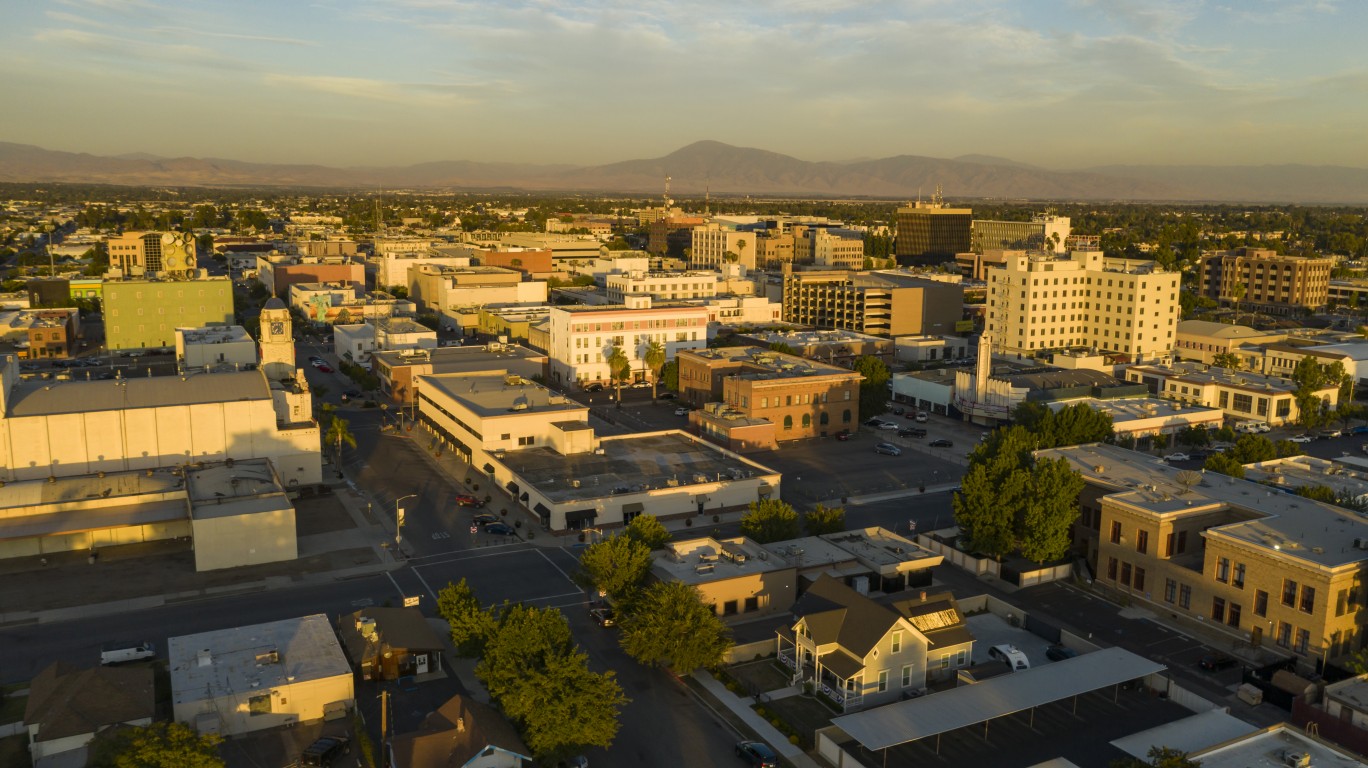
6. Bakersfield, CA
> Union membership rate: 27.5% (79,070 workers)
> Union coverage rate: 28.0% (80,273 workers) — #7 highest of 260 metros
> Employed population: 287,092 — #85 largest of 260 metros
> Unemployment rate, 2020 (5-yr avg): 9.1% — #259 highest of 260 metros
[in-text-ad]
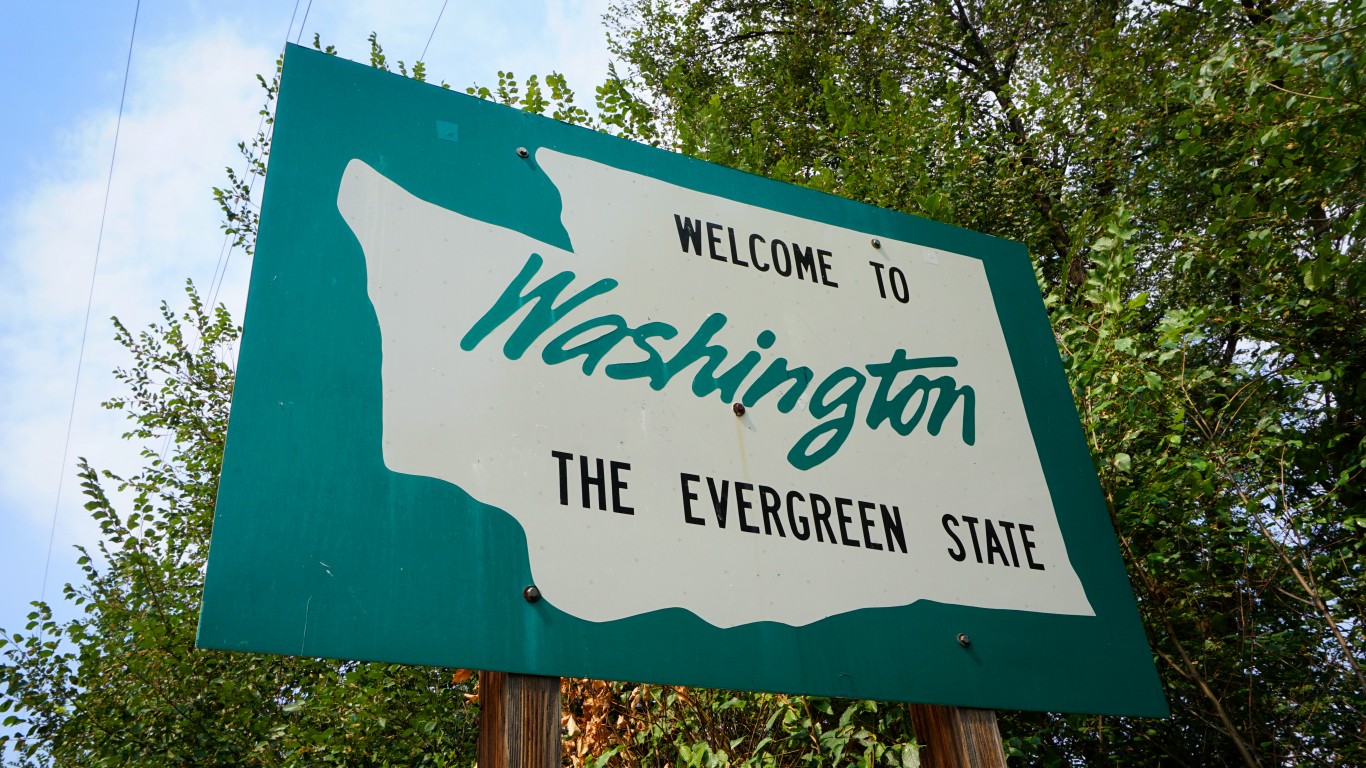
5. Kennewick-Richland, WA
> Union membership rate: 30.7% (60,260 workers)
> Union coverage rate: 31.4% (61,704 workers) — #5 highest of 260 metros
> Employed population: 196,327 — #116 largest of 260 metros
> Unemployment rate, 2020 (5-yr avg): 5.4% — #160 highest of 260 metros
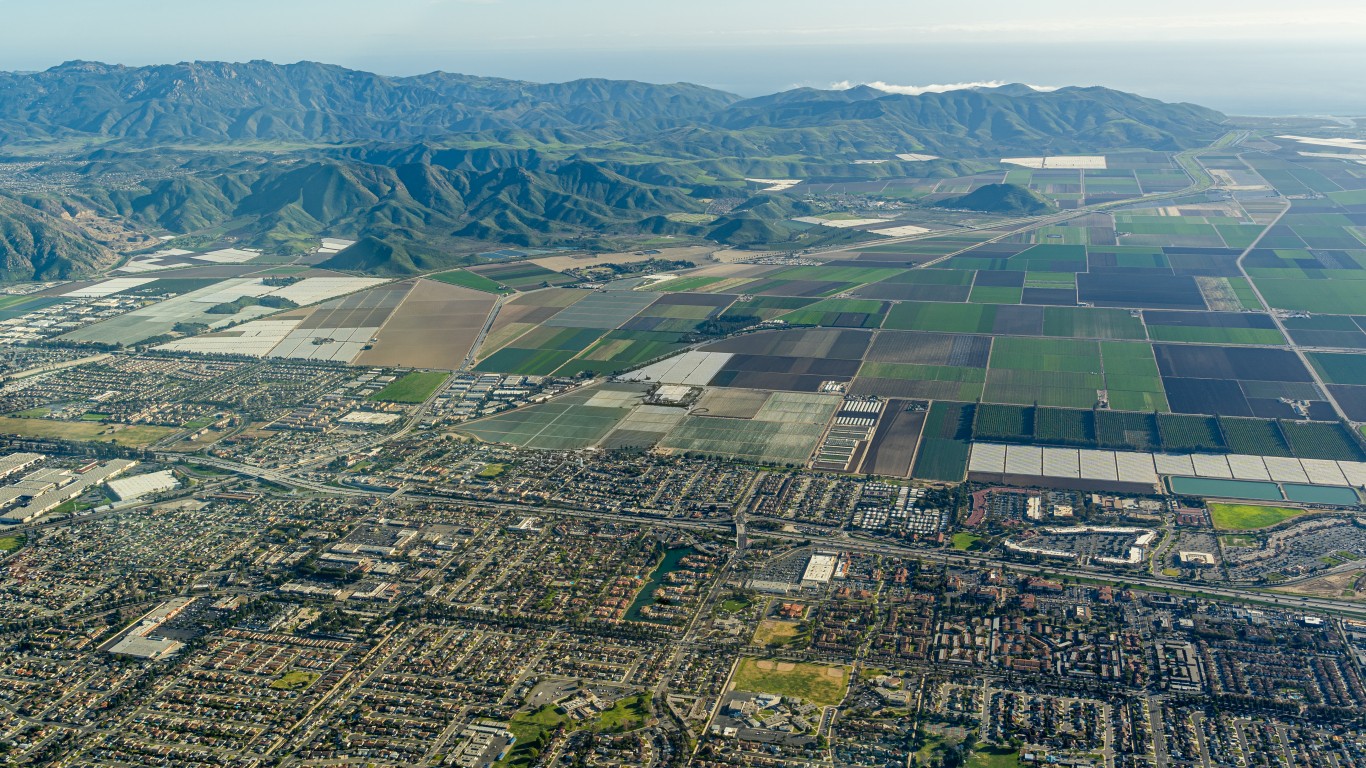
4. Oxnard-Thousand Oaks-Ventura, CA
> Union membership rate: 31.8% (121,220 workers)
> Union coverage rate: 32.4% (123,675 workers) — #4 highest of 260 metros
> Employed population: 381,635 — #61 largest of 260 metros
> Unemployment rate, 2020 (5-yr avg): 5.1% — #124 highest of 260 metros

3. Watertown-Fort Drum, NY
> Union membership rate: 35.1% (35,325 workers)
> Union coverage rate: 37.3% (37,567 workers) — #3 highest of 260 metros
> Employed population: 100,763 — #203 largest of 260 metros
> Unemployment rate, 2020 (5-yr avg): 4.7% — #89 highest of 260 metros
[in-text-ad-2]
2. Albany-Schenectady-Troy, NY
> Union membership rate: 36.3% (119,206 workers)
> Union coverage rate: 39.3% (128,973 workers) — #1 highest of 260 metros
> Employed population: 328,108 — #74 largest of 260 metros
> Unemployment rate, 2020 (5-yr avg): 4.7% — #90 highest of 260 metros
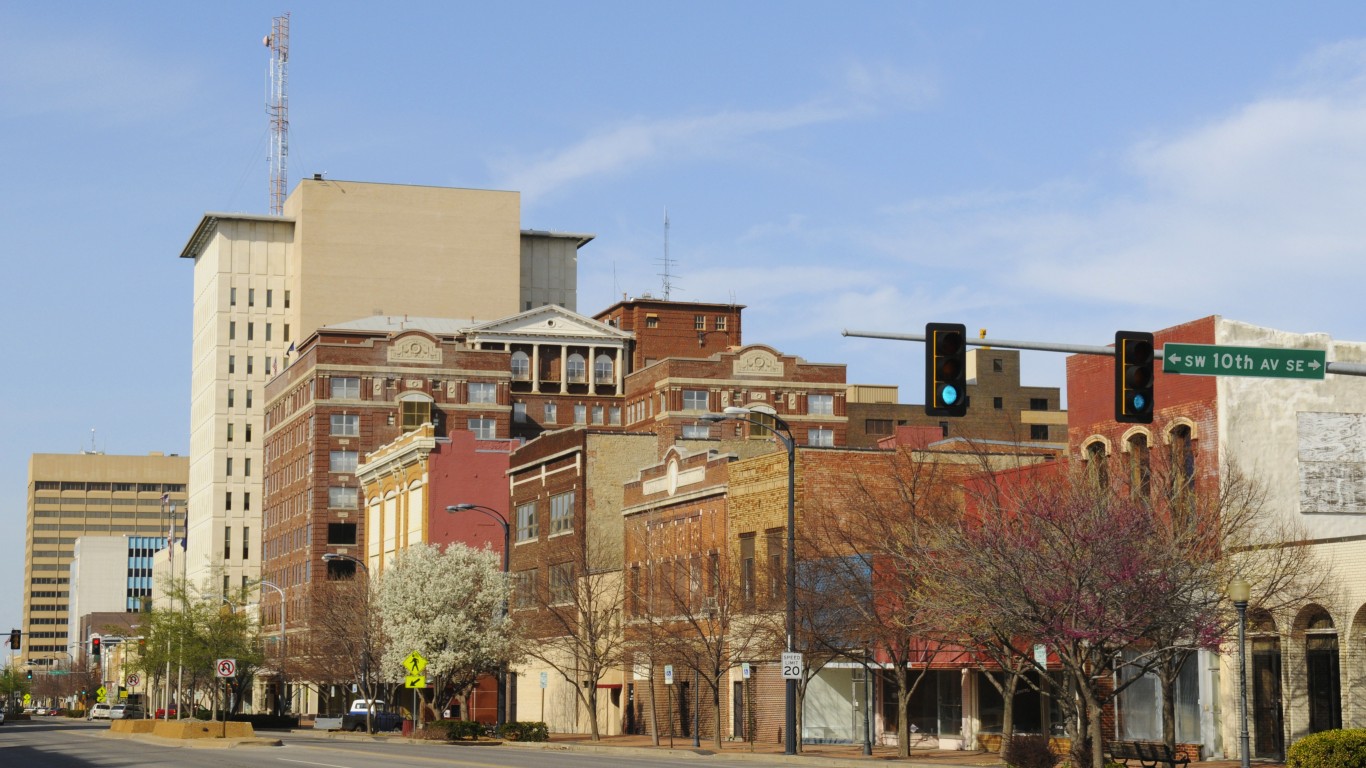
1. Topeka, KS
> Union membership rate: 38.2% (29,346 workers)
> Union coverage rate: 39.1% (30,045 workers) — #2 highest of 260 metros
> Employed population: 76,831 — #236 largest of 260 metros
> Unemployment rate, 2020 (5-yr avg): 4.0% — #39 highest of 260 metros
Methodology
To find the metropolitan areas with the most union members, 24/7 Wall St. reviewed union membership data for 2021 from Unionstats.com, a database constructed by Barry Hirsch (Andrew Young School of Policy Studies, Georgia State University) and David Macpherson (Department of Economics, Trinity University). Metropolitan areas are ranked by the union membership rate. In the 26 metros on the list, at least 20% of those employed are union members.
All data is from Unionstats.com except unemployment rate, which came from the Census Bureau American Community Survey and is a five-year estimate for 2020. Only 260 metropolitan areas had union data.
Unionstat.com used the Census’ Current Population Survey Outgoing Rotation Group Earnings Files, Jan-Dec 2021. Only employed wage and salary workers, ages 16 and over, were surveyed for union data. Union members are employed workers who are union members. Covered workers are those who are employed and are represented by a collective bargaining agreement.
Travel Cards Are Getting Too Good To Ignore (sponsored)
Credit card companies are pulling out all the stops, with the issuers are offering insane travel rewards and perks.
We’re talking huge sign-up bonuses, points on every purchase, and benefits like lounge access, travel credits, and free hotel nights. For travelers, these rewards can add up to thousands of dollars in flights, upgrades, and luxury experiences every year.
It’s like getting paid to travel — and it’s available to qualified borrowers who know where to look.
We’ve rounded up some of the best travel credit cards on the market. Click here to see the list. Don’t miss these offers — they won’t be this good forever.
Thank you for reading! Have some feedback for us?
Contact the 24/7 Wall St. editorial team.
 24/7 Wall St.
24/7 Wall St.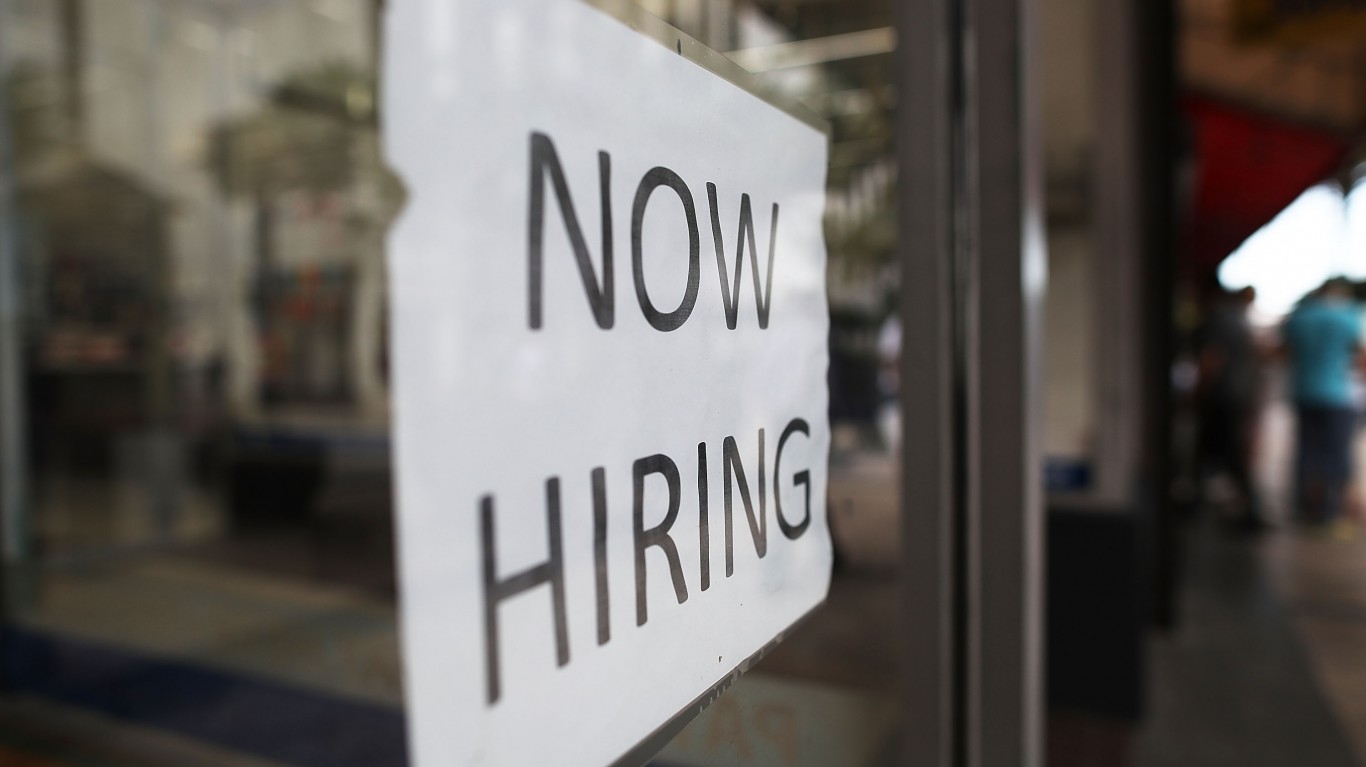 24/7 Wall St.
24/7 Wall St.
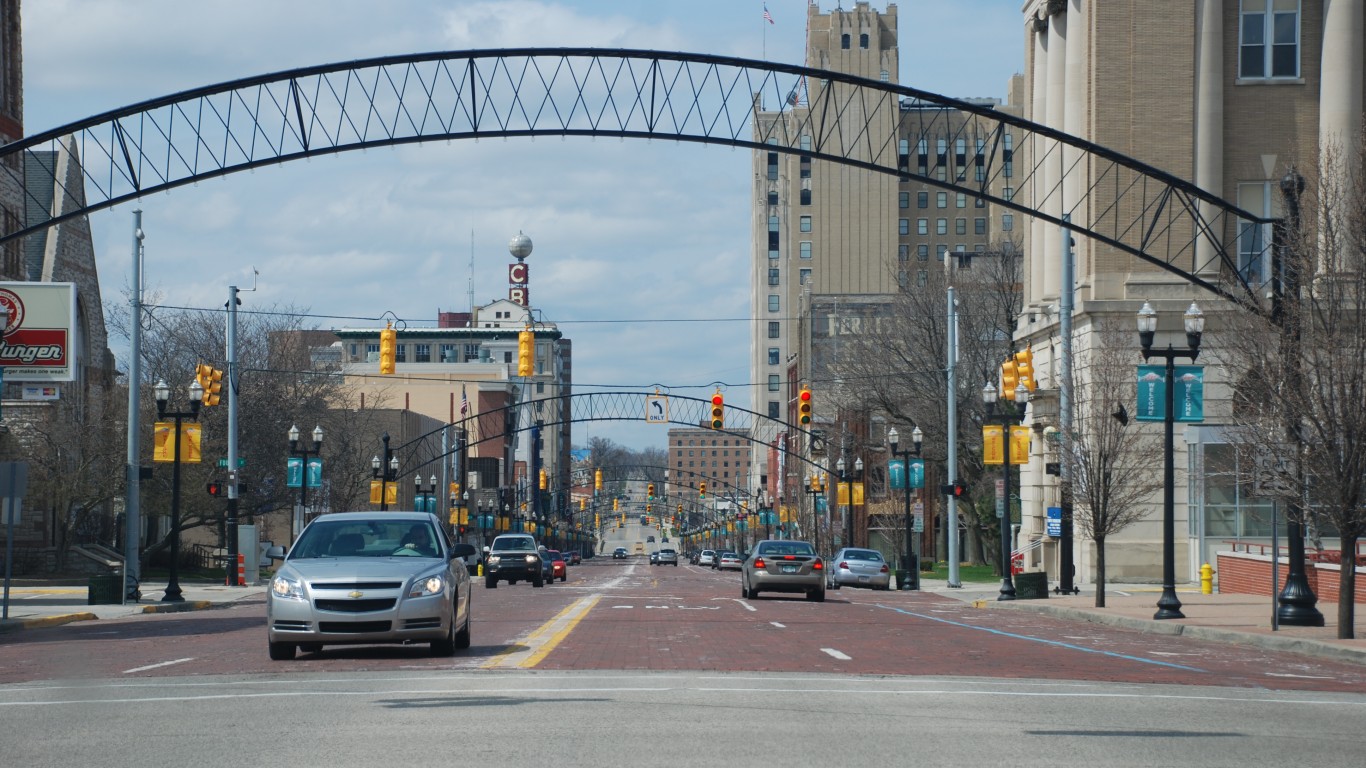
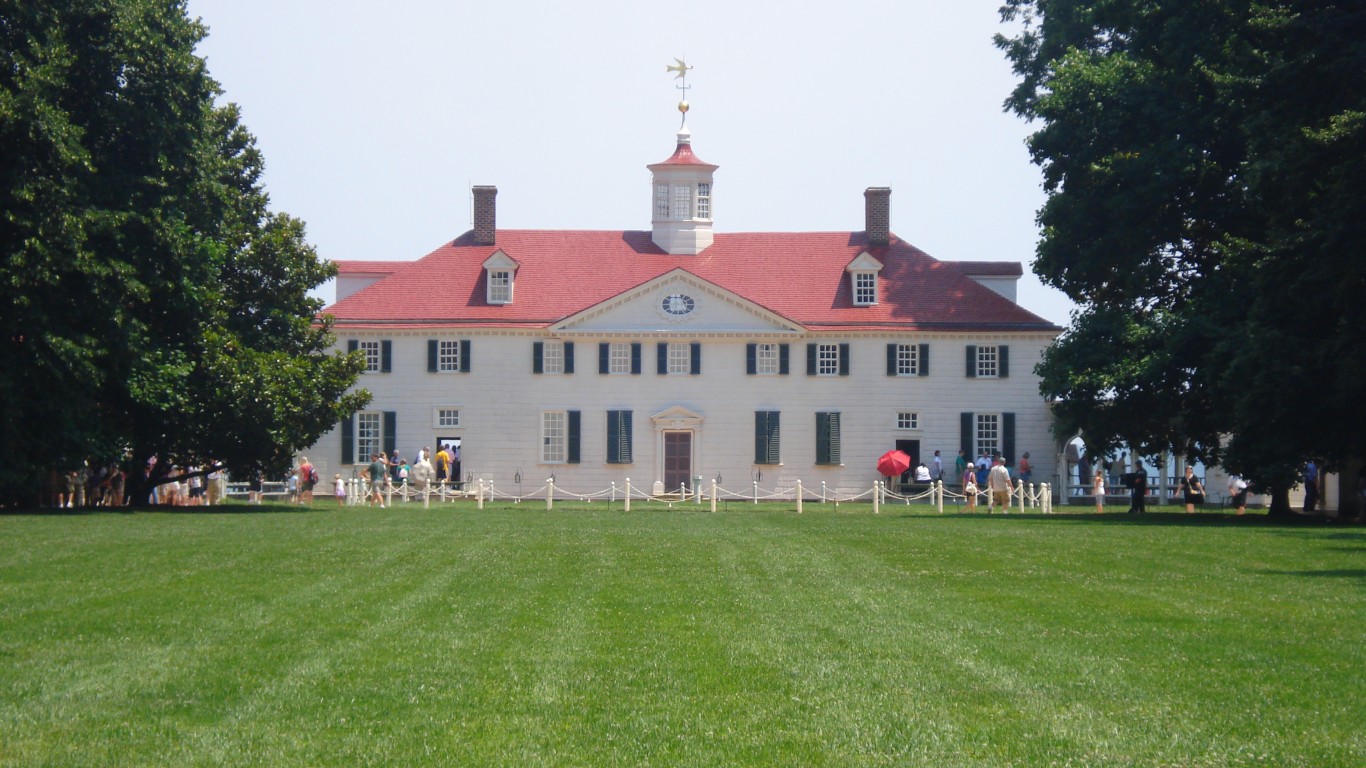
 24/7 Wall St.
24/7 Wall St.
 24/7 Wall St.
24/7 Wall St.